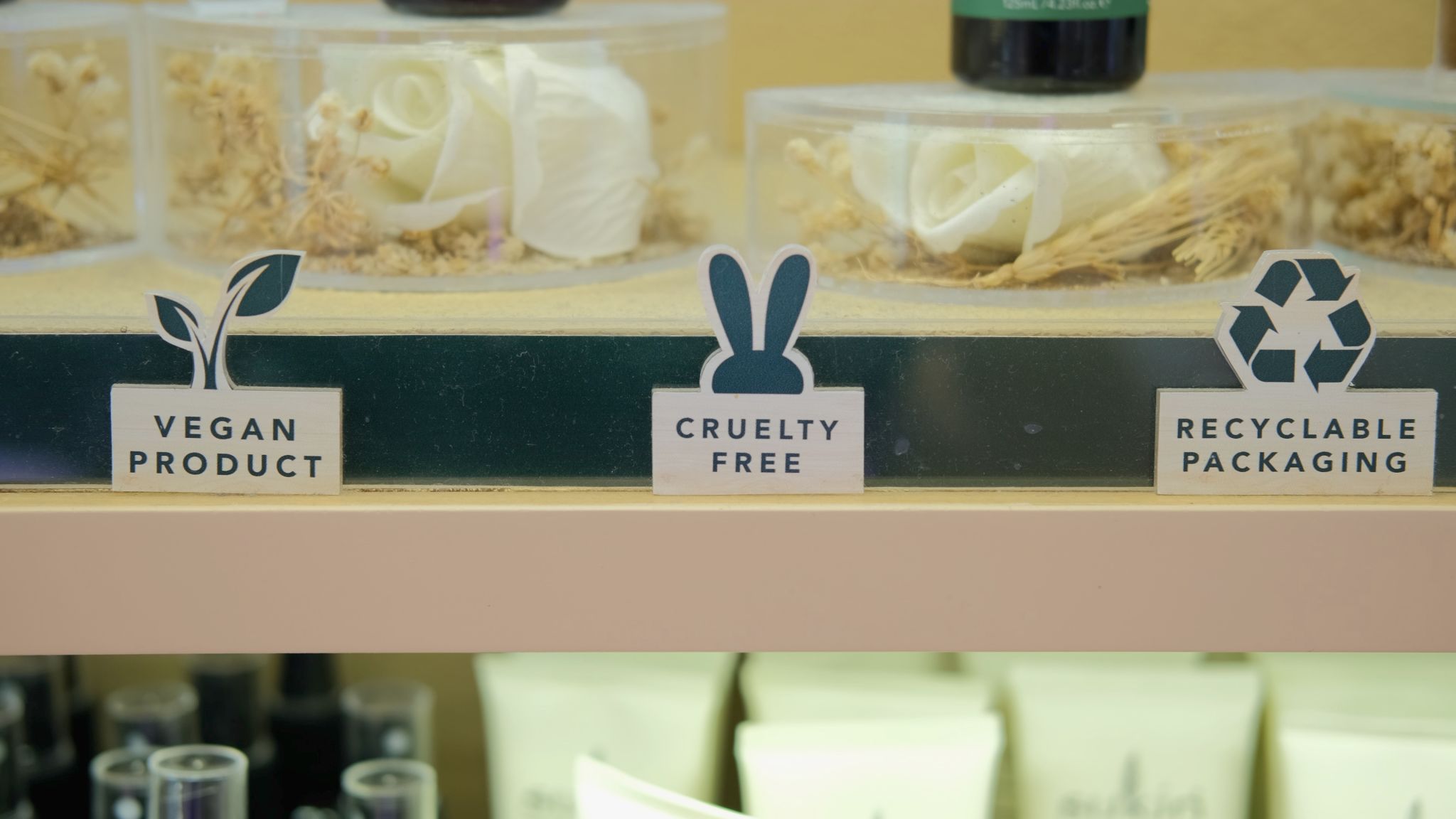Sustainable Practices in Toddler Clothing: Our Eco-Friendly Journey
Understanding the Importance of Sustainable Toddler Clothing
In today's world, the fashion industry is increasingly recognizing the importance of sustainability, especially when it comes to toddler clothing. As parents and caregivers, we strive to make responsible choices for our children and the planet. Sustainable practices in toddler clothing not only help in reducing the carbon footprint but also ensure that our little ones are adorned in apparel free from harmful chemicals.

Choosing Eco-Friendly Fabrics
One of the first steps towards sustainability in toddler clothing is selecting eco-friendly fabrics. Organic cotton, bamboo, and hemp are some excellent choices. These materials are grown without the use of synthetic fertilizers or pesticides, making them safer for your child's skin and the environment. Additionally, they tend to be softer and more durable, providing comfort and longevity.
The Benefits of Organic Cotton
Organic cotton is a popular choice among eco-conscious parents. Unlike conventional cotton, organic cotton is grown using methods and materials that have a low impact on the environment. This means fewer chemicals polluting our air and water, which ultimately benefits all living beings. Moreover, organic cotton is gentle on sensitive skin, reducing the risk of allergies and irritations in toddlers.

Embracing Ethical Manufacturing
Sustainability goes beyond just the type of fabric used; it extends to how the clothing is manufactured. Ethical manufacturing practices ensure that workers are provided fair wages and safe working conditions. By supporting brands that prioritize ethical practices, we contribute to a more just and equitable fashion industry.
Brands Leading the Way
Several brands are setting commendable examples by adopting sustainable practices in their production processes. These companies focus on transparency, ensuring that every step from raw material sourcing to final production aligns with eco-friendly values. Brands such as Patagonia Kids and Mini Rodini are spearheading this movement, offering stylish yet sustainable options for toddlers.

Reducing Waste Through Circular Fashion
The concept of circular fashion is gaining traction as a way to reduce waste in the clothing industry. This approach encourages recycling, reusing, and upcycling materials to create new garments, extending the life cycle of clothes. For toddler wear, this can mean passing down outgrown outfits to younger siblings or donating them to others in need.
Simple Steps to Reduce Waste
- Organize a clothing swap with friends or community members.
- Donate gently used clothing to local charities or thrift stores.
- Explore brands that offer take-back programs for used garments.
Encouraging Conscious Consumerism
As parents, we play a pivotal role in shaping future generations' attitudes towards sustainability. By teaching children about conscious consumerism from a young age, we instill in them the value of caring for the planet. Encouraging them to appreciate quality over quantity and understanding where their clothes come from can make a significant impact.

Incorporating sustainable practices in toddler clothing is not just a trend but a necessity for a healthier planet. By making informed choices, we protect our children's health and contribute positively to the environment. Let us continue this eco-friendly journey with commitment and enthusiasm, paving the way for a greener future.
